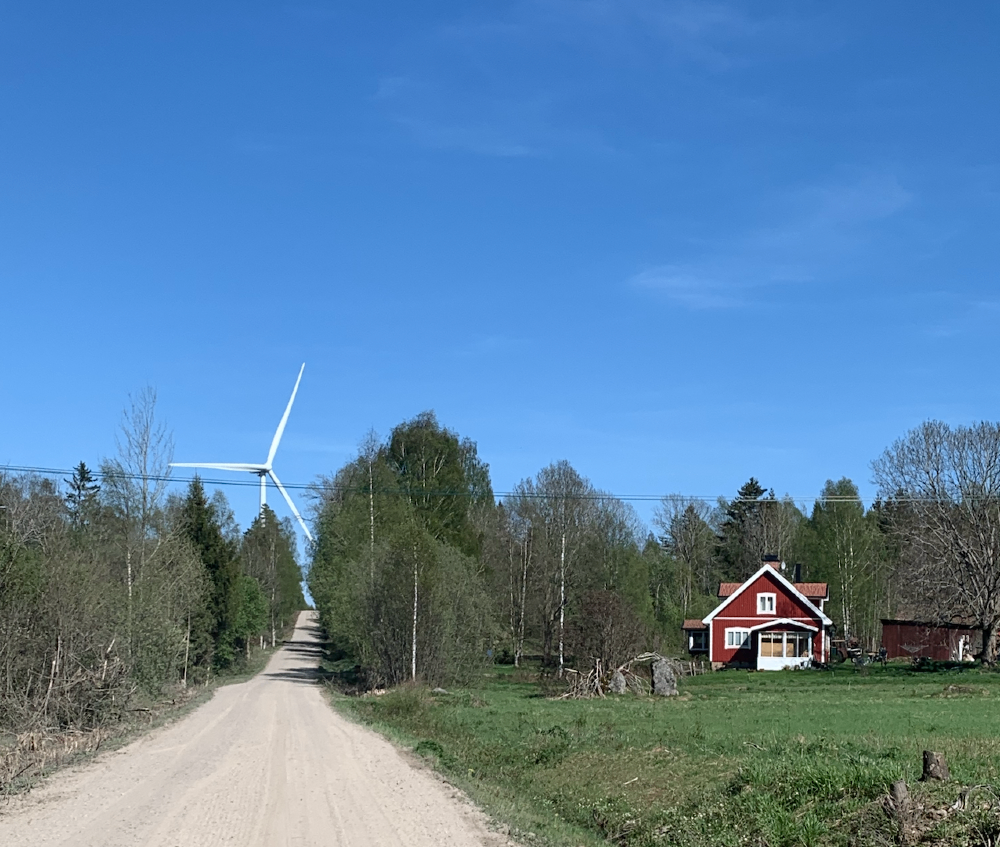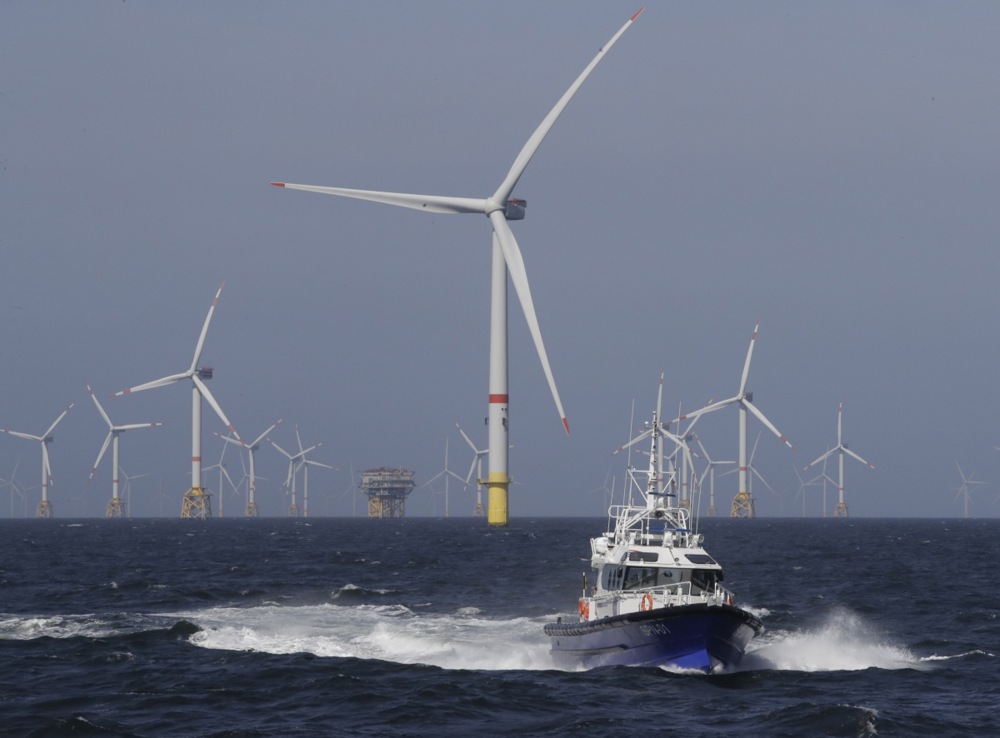Investors are trying to dump northern Swedish wind-power projects, citing an “absurd” market that was losing almost all value.
Until last year the country was touted by financiers as one of the most interesting places to invest in wind power, with “green” industry pumping in large amounts of money, backed by firm State subsidies.
Things have since taken a major turn.
On July 28, Elin Akinci, CEO of ELS Analysis, told the Swedish weekly magazine Affärsvärlden: “There is basically no value in today’s market.”
Especially in northern Sweden, developers faced surging hours of negative electricity prices, stalled demand and lack of grid capacity to access southern markets, she said.
On top of this, wind power suffered from unpredictable and costly balancing mechanisms while political support has also melted away.
As a result, many investors were not just avoiding Sweden — they were trying to exit at fire-sale prices.
“In northern Sweden, in bidding areas 1 and 2, no one is making money at all today,” Akinci said.
“Many international investors see it as a negative outflow of capital. They want to sell, but there is basically no value in today’s market. It is neither profitable to think about new investments nor to pursue current assets in Sweden.”
ELS, in a recent report for Green Power Sweden, interviewed major international investors, most of whom said the investment climate had severely deteriorated, with some calling the situation “absurd”.
Wind farms once valued at €1.5 million per megawatt (MW) are now being offered for less than €1 million — sometimes even below €10 per MW in distressed cases.
“Many projects are for sale but buyer interest is minimal,” one asset manager said.
Onshore wind farms have had a detrimental effect on the property value of Swedish real estate, a study found. https://t.co/Ol76FoPb5R
— Brussels Signal (@brusselssignal) July 16, 2025
In landmark examples, Markbygden Ett cost €1.23 million per MW when GE invested (2017–18) and Blaikenparken was built at about €1.5 million per MW.
Markbygden Ett has racked up hundreds of millions of euros in losses and suffered a heavy blow to its reputation since installation, Bloomberg reported in March.
“When there wasn’t enough wind, or the turbines were offline, Markbygden Ett had to make up the difference by buying electricity on the spot market, where hourly prices are dynamically determined by availability,” the US news outlet reported.
Today, many wind parks were being mothballed or abandoned entirely. Akinci said she expected bankruptcies this year unless conditions improved.
Industry figures showed that negative-price hours have doubled in the north, while costs in the balancing market have surged. Producers often could not tell in real time whether they were out of balance, leading to chaotic fees.
“The system is unpredictable and very hard to navigate,” Akinci said.
While southern Sweden shows more promise for wind, government plans to expand nuclear power have undermined policy clarity for renewables, she added.
Investors were holding off because the market is weak and the policy unclear. Political leadership is essential to restore trust, Carl Rosenberg, another ELS analyst explained.
With a European Union-wide bidding zone review looming, uncertainty has only been growing. “Why sell or buy now when the entire framework might soon change?” Rosenberg said.
Also according to the ELS report, Sweden was seen as an outlier in the EU, with a predominantly negative perception among institutional investors. They were more positive about other areas in the EU, especially in contrast to rising political and policy risk in the US.
Other parts of Europe, according to the ELS research, enjoyed regulatory predictability, long-term industrial and energy strategies and a perception of more stable policy making.
The continent was no longer a supplement to US investments — it was becoming central to many investors’ strategies, it added.
The outgoing Dutch Government said it would cut back its ambitions to build new wind farms in the North Sea. https://t.co/TGspCA57cr
— Brussels Signal (@brusselssignal) July 22, 2025





